One of the leading causes of heart disease and other health issues worldwide is hypertension, commonly known as high blood pressure. Although nearly half of the American population suffers from high blood pressure, only a small percentage actively takes proactive measures to manage it. Often called a “silent killer,” hypertension typically does not manifest noticeable symptoms but can lead to serious health issues if left untreated.
While medications are available to regulate blood pressure, changes to lifestyle, particularly dietary adjustments, can play an important role in lowering it naturally. The DASH diet, which stands for Dietary Approaches to Stop Hypertension, has emerged over the years as one of the most effective nutritional strategies for regulating blood pressure and improving overall cardiovascular health.
Jump to:
Why is maintaining a healthy blood pressure important?
Hypertension or high blood pressure puts extra strain on the heart and arteries, which can lead to damage over time and cause complications such as atherosclerosis, heart attacks, stroke, kidney damage, cognitive decline, and heart disease. When high blood pressure impairs the function of the arteries, it forces the heart to work harder. This increased workload can weaken the heart muscle, reducing efficiency and potentially leading to heart failure.
Moreover, the continuous strain on the arteries can cause them to become stiff and narrowed, further increasing the risk of cardiovascular issues and blocking blood flow to vital organs. Maintaining healthy blood pressure is important for preventing these health issues and ensuring the long-term functions of the cardiovascular system.
What is the DASH diet?
The Dietary Approaches to Stop Hypertension (DASH) diet is a nutritional regimen emphasizing whole, nutrient-dense foods to help reduce blood pressure and improve overall well-being. This approach was inspired by the observation that vegetarians and vegans tend to have a lower risk of developing hypertension, largely due to their plant-based diets, which are naturally rich in heart-healthy foods.
The DASH diet focuses on specific foods rich in key nutrients like potassium, magnesium, fiber, and calcium, which are beneficial for lowering blood pressure. In addition to reducing the effects of hypertension, some studies have discovered that the DASH diet can also reduce the risk of cancer and diabetes, decrease the risk factors of heart diseases, and support weight loss. By emphasizing fruits, vegetables, whole grains, lean proteins, and low-fat dairy, the DASH diet provides the essential nutrients that are needed to support cardiovascular health and promote overall well-being.
8 amazing foods to lower your blood pressure naturally
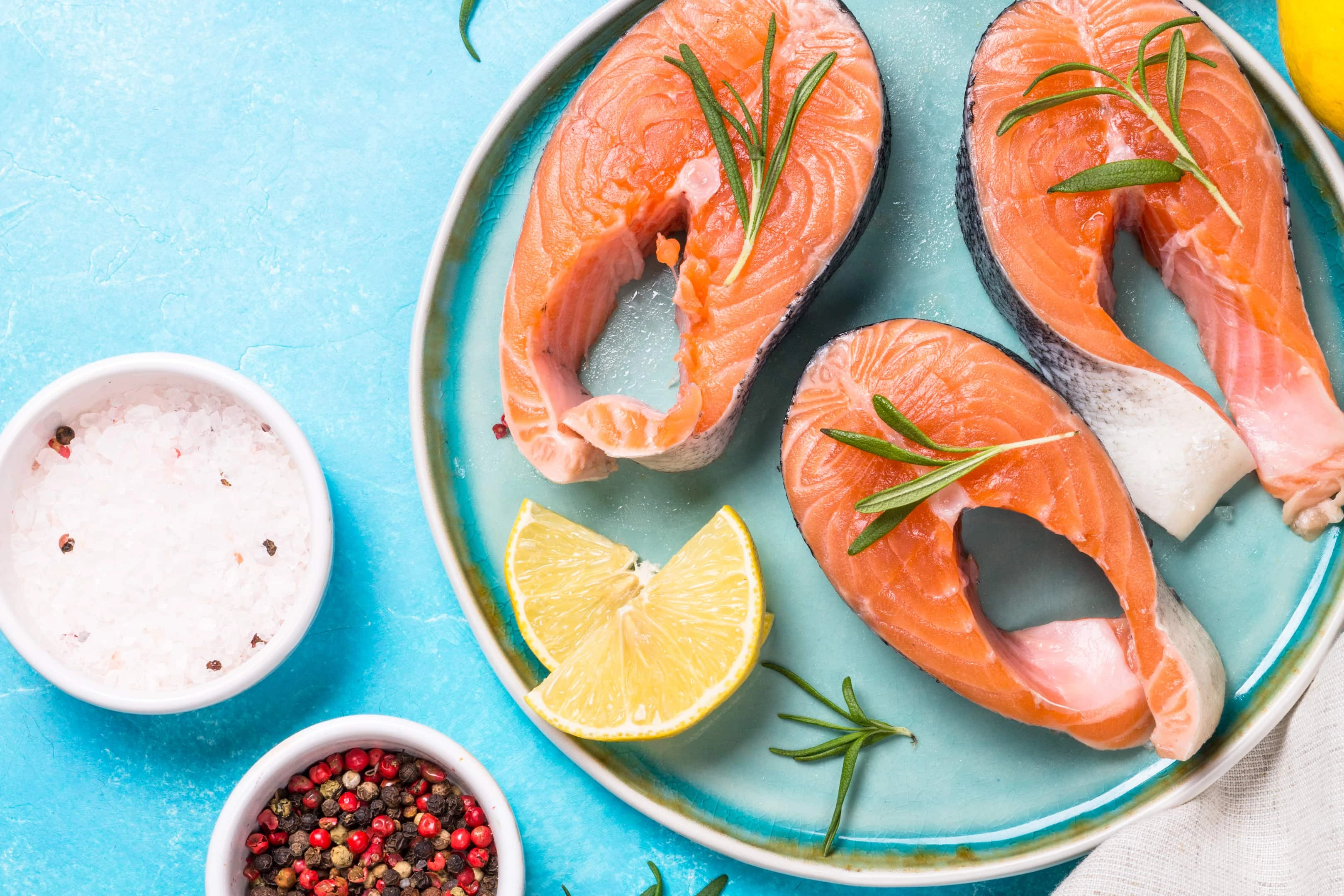
1. Salmon
Salmon is one of the top-tier foods of the DASH diet, as it decreases blood pressure naturally. It is loaded with omega-3 fatty acids, especially DHA (docosahexaenoic acid) and EPA (eicosapentaenoic acid). These fatty acids are potent for their ability to boost heart health and combat inflammation. Omega-3 fatty acids can help to relax blood vessels, helping to ease the strain on the heart and reduce blood pressure.
Salmon is also a generous source of potassium. Potassium can help to manage fluid balance and prevent excess fluid retention that can contribute to high blood pressure. Moreover, potassium can help to reduce the effects of sodium, a notable culprit that contributes to the rise of blood pressure. By aiding the regulation of sodium, salmon can aid the regulation of blood pressure.
2. Raspberries
Packed with antioxidants, raspberries are incredibly beneficial for managing hypertension as they can help protect the blood vessels from damage. Raspberries contain diverse antioxidants like ellagic acid and quercetin, which can help reduce inflammation that contributes to high blood pressure. They are also loaded with important minerals and vitamins such as potassium and vitamin C.
Another reason why raspberries are great for naturally lowering blood pressure is their excellent fiber content. They contain soluble fiber that can help decrease cholesterol levels, which can help reduce the risk of artery blockage and promote healthy blood pressure. Raspberries are also low in sugar and calories, making them a great food choice for weight management.
3. Sweet potatoes
Sweet potatoes contain generous amounts of potassium, which is beneficial for regulating blood pressure. A medium-sized sweet potato can contain up to 440 mg of potassium. Sweet potatoes are also rich in fiber, which can help improve digestion and contribute to a reduced risk of cardiovascular issues.
Furthermore, sweet potatoes are loaded with antioxidants, particularly beta-carotene which the body converts into vitamin A. This vitamin is beneficial for reducing blood pressure as it can help enhance cellular and immune function, thereby reducing inflammation that can contribute to the development of hypertension. Vitamin A can also help improve the functions of the endothelial cells and aid in blood pressure regulation.
4. Brown rice
Brown rice is exceptionally great for lowering blood pressure because it is rich in magnesium. Magnesium aids the regulation of the smooth muscles in the blood vessels, helps enhance blood flow, and reduces the pressure placed on the walls of the arteries. This relaxation can help improve the health of the cardiovascular system. Magnesium can also help regulate vascular tone and boost the function of blood vessels, which can help prevent the narrowing of blood vessels that can contribute to high blood pressure.
The high fiber content in brown rice also makes it beneficial for managing blood pressure as it can help decrease cholesterol levels. Brown rice is also low in sodium, a major factor contributing to raised blood pressure. This makes brown rice a great food for individuals looking to manage their blood pressure.
5. Sunflower seeds
Sunflower seeds contain good amounts of vitamin E, which is a powerful antioxidant that protects the blood vessels from damage, helps to maintain healthy blood vessels, and can support blood pressure management. They also contain healthy fats, including polyunsaturated and monounsaturated fats, that can help maintain healthy cholesterol levels.
Moreover, sunflower seeds contain several other nutrients that are beneficial for blood pressure management. These nutrients include magnesium, which can help to relax blood vessels, selenium, which possesses antioxidant qualities that can help reduce inflammation, and copper, which can aid the development of red blood cells to support healthy blood vessels.
6. Peanut butter
If you are looking for a delicious spread for your toast or a tasty dip for fruits that is beneficial for managing blood pressure, peanut butter is a great choice. Peanut butter is rich in healthy fats that are beneficial for reducing the levels of bad cholesterol (LDL) while maintaining the levels of good cholesterol (HDL). This can help reduce the risk of artery blockage and improve blood pressure.
Peanut butter is rich in protein and can promote satiety. It also contains magnesium, an important mineral that can help maintain a good balance between potassium and sodium in the body. This is incredibly crucial for managing blood pressure.
7. Pears
Excess body weight can increase the risk of blood pressure. Pears are low in calories and fats, making them a perfect food for maintaining a healthy weight. Their high fiber, low sugar, and calorie composition make them a filling and satisfying snack.
Pears are also loaded with antioxidants including flavonoids and vitamin C, which can help decrease inflammation and protect the heart against oxidative stress. In addition, pears have high water content, which can aid hydration. Proper hydration is crucial for regulating blood pressure and overall health.
8. Broccoli
Another food in the DASH diet is broccoli. This leafy green vegetable is packed with several antioxidants such as vitamin K, vitamin C, flavonoids, and phytonutrients that are beneficial for the management of hypertension. These antioxidants can help lower inflammation in the body, which can contribute to lower blood pressure. Antioxidants like vitamin C can help to enhance the blood vessels and reduce the risk of hypertension.
In addition, broccoli contains powerful compounds that can boost heart function and overall strengthen the cardiovascular system. It contains sulforaphane, which possesses antioxidant qualities that can help reduce oxidative stress in the body. Broccoli also contains phytosterols, which can support cholesterol absorption in the digestive tract, further improving the regulation of blood pressure.
Conclusion
The Dietary Approaches to Stop Hypertension (DASH) is an effective way to lower blood pressure naturally and improve overall well-being. The diet focuses on the consumption of foods loaded with nutrients that can support the arteries, blood vessels, and the cardiovascular system as a whole. By focusing on foods like peanut butter, broccoli, salmon, sweet potatoes, and sunflower seeds, the DASH diet ensures the body gets important nutrients like magnesium, potassium, fiber, and healthy fats that can aid the regulation of blood pressure. Other foods that can help lower high blood pressure naturally include oregano, black beans, garlic, bananas, whole wheat bread, and carrots.

A writer passionate about wellness, nutrition, and intentional living. She creates engaging, research-based content that empowers readers to live healthier lives. Through every article, she brings clarity, inspiration, and a touch of everyday practicality. Read more about Juliana.

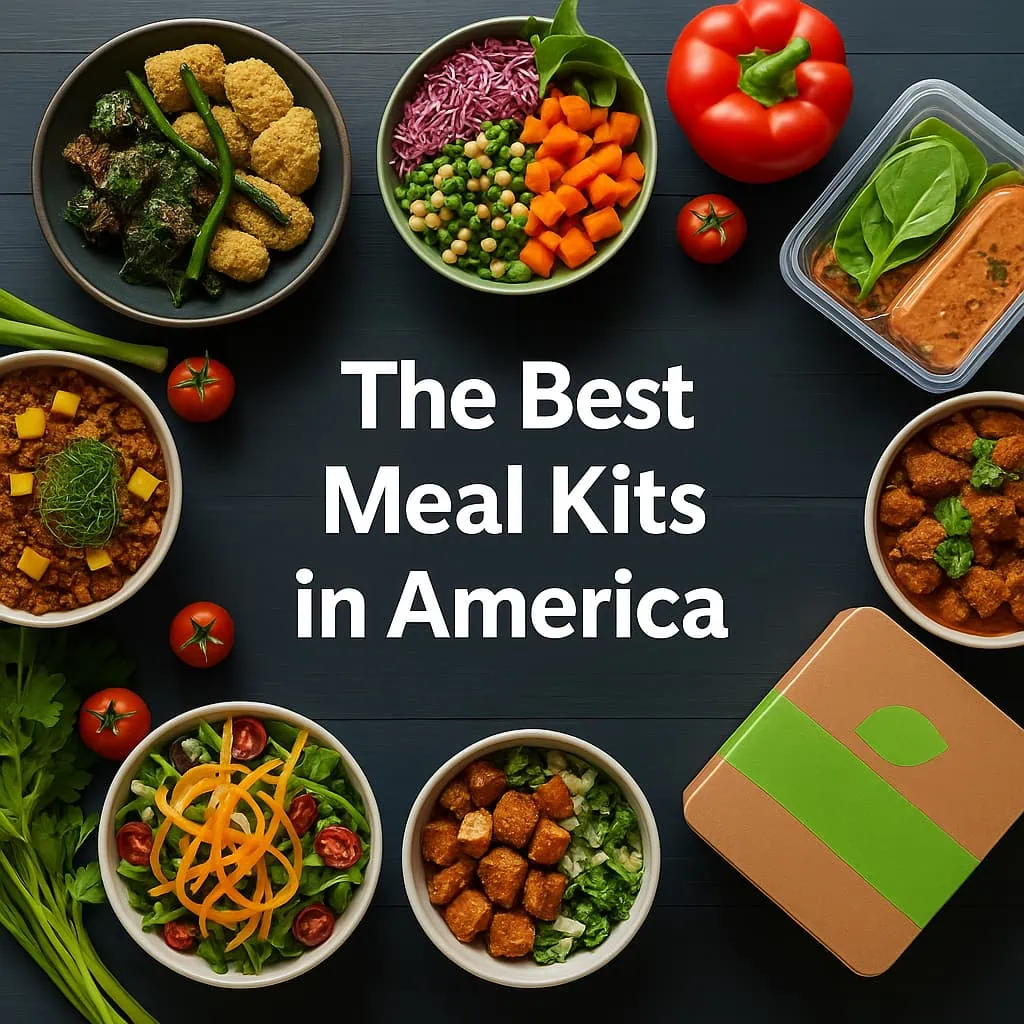
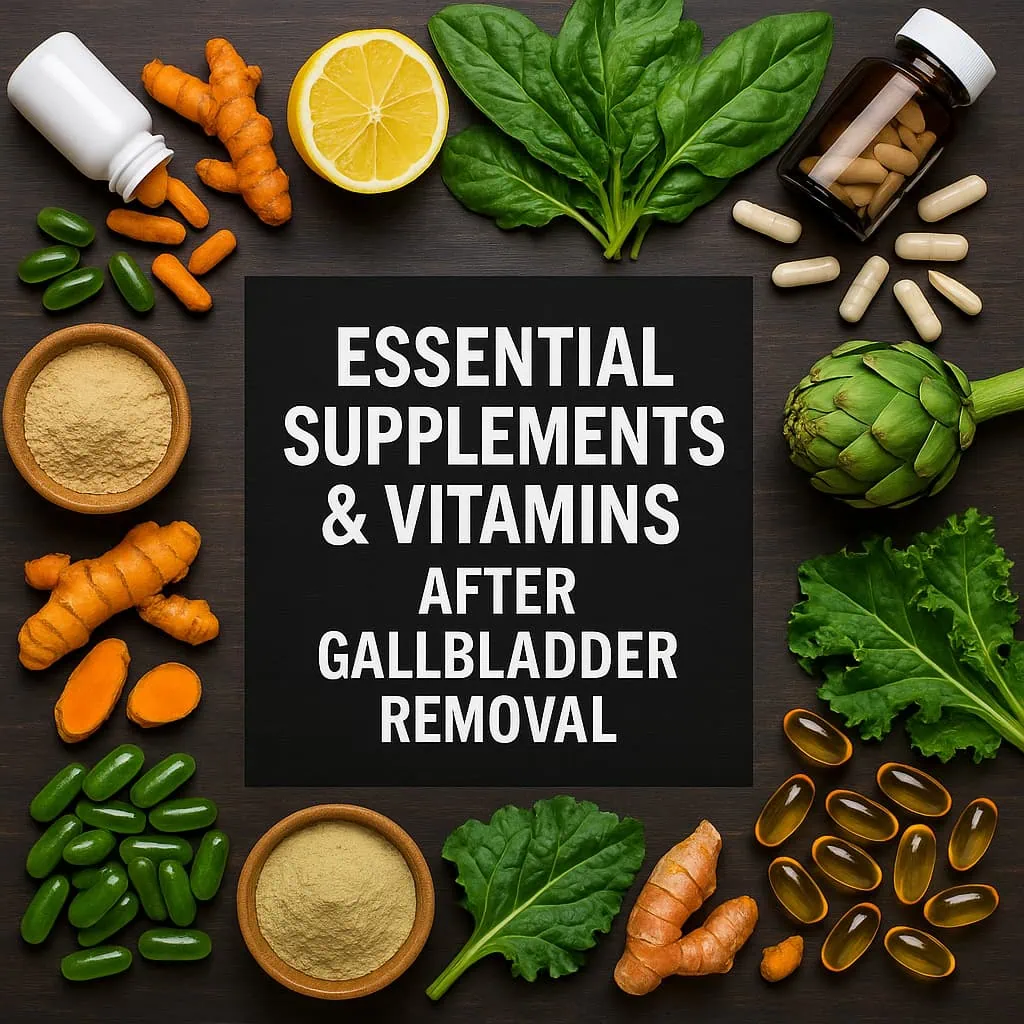
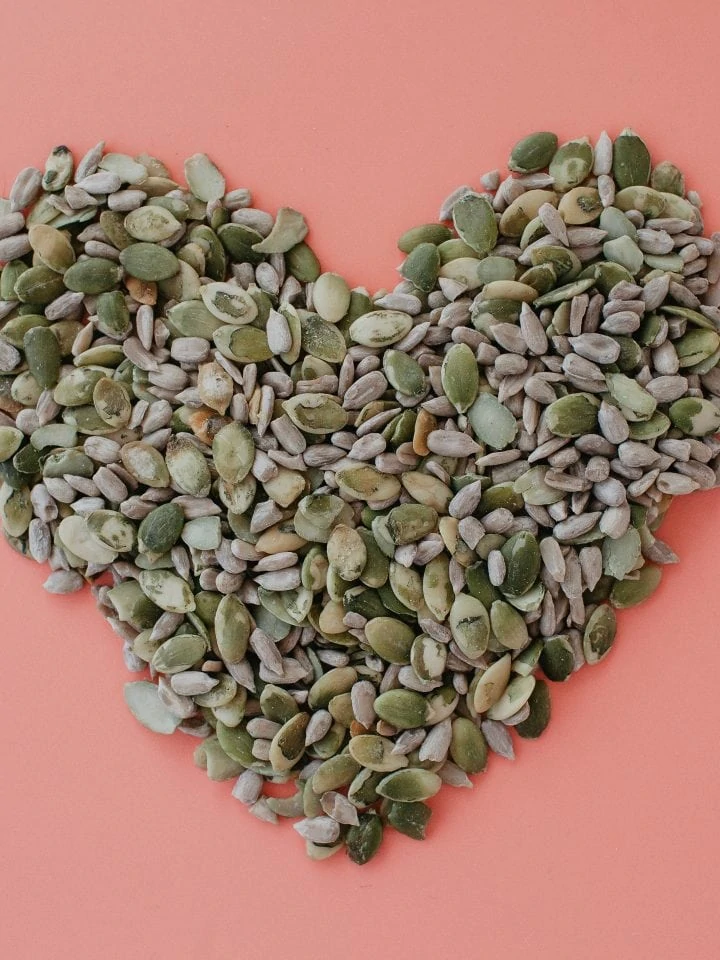
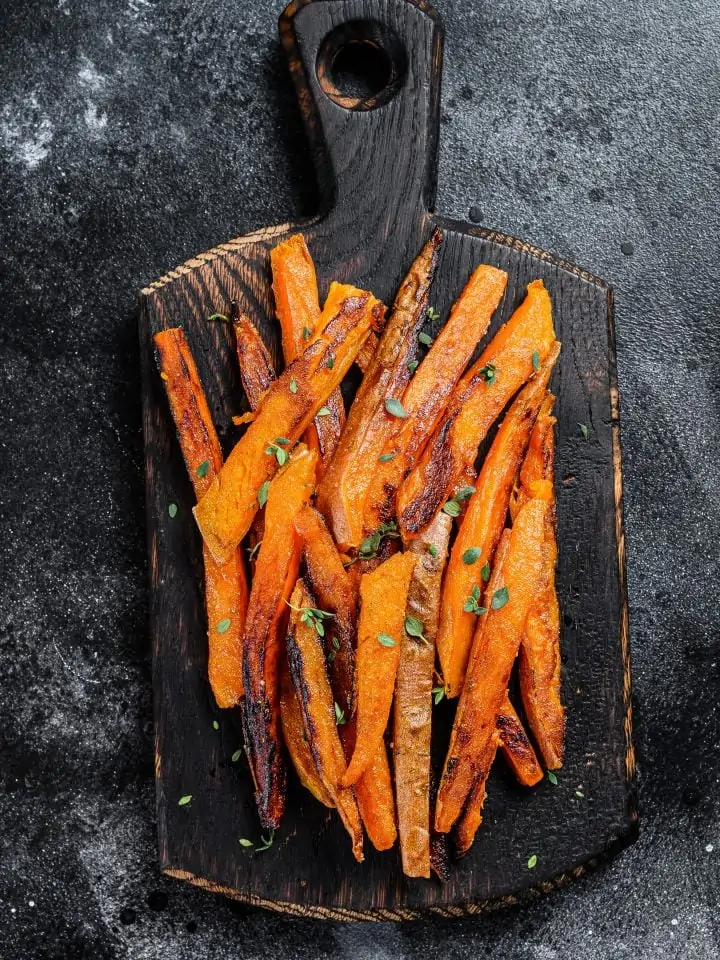
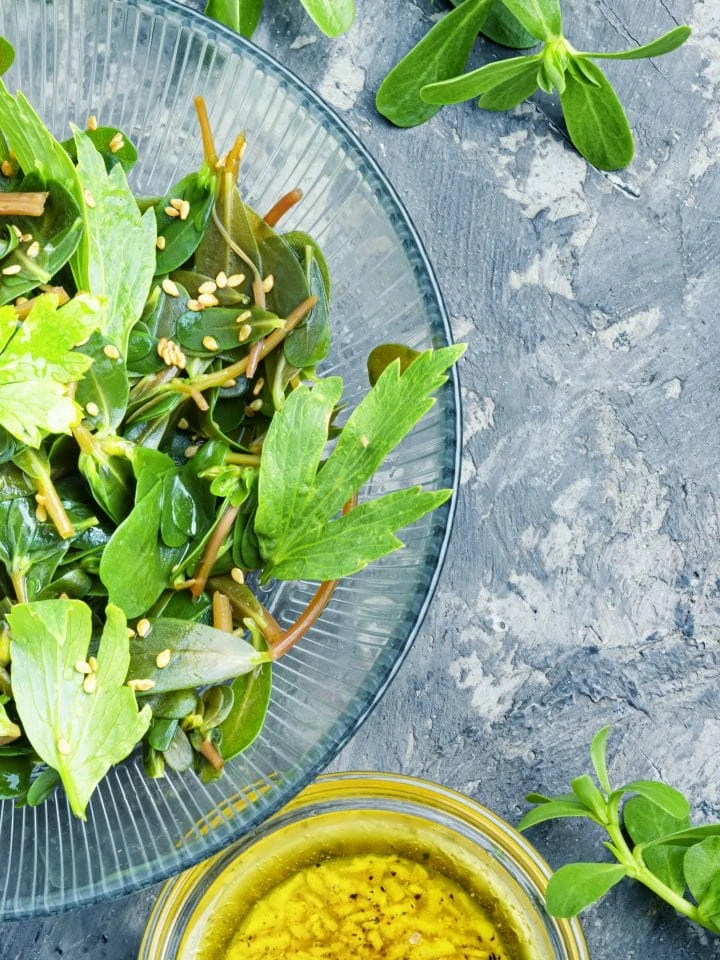
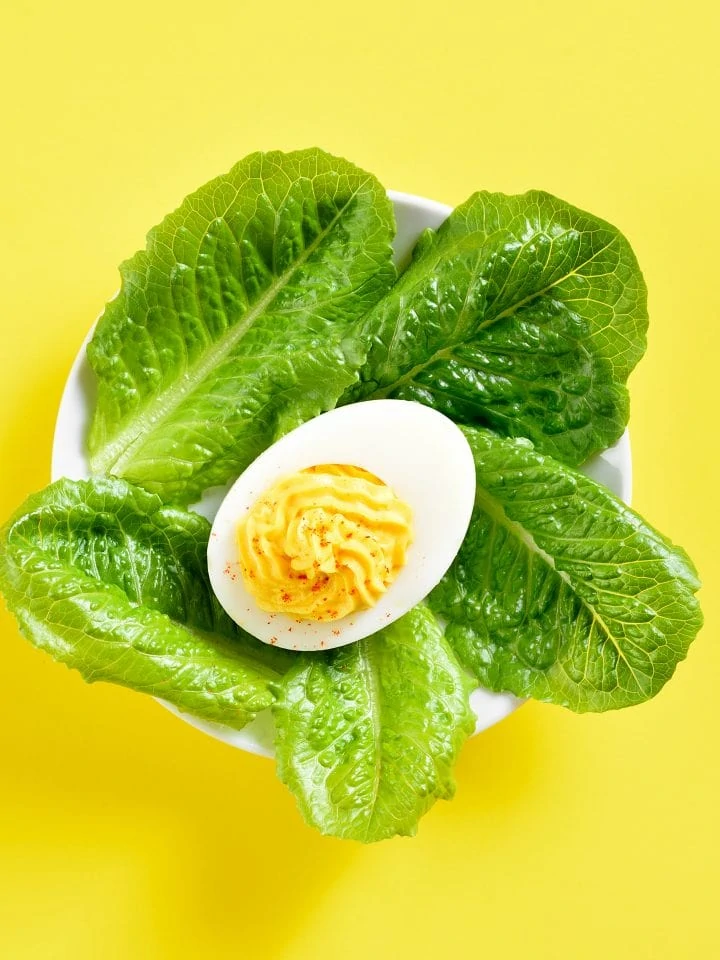
Comments
No Comments